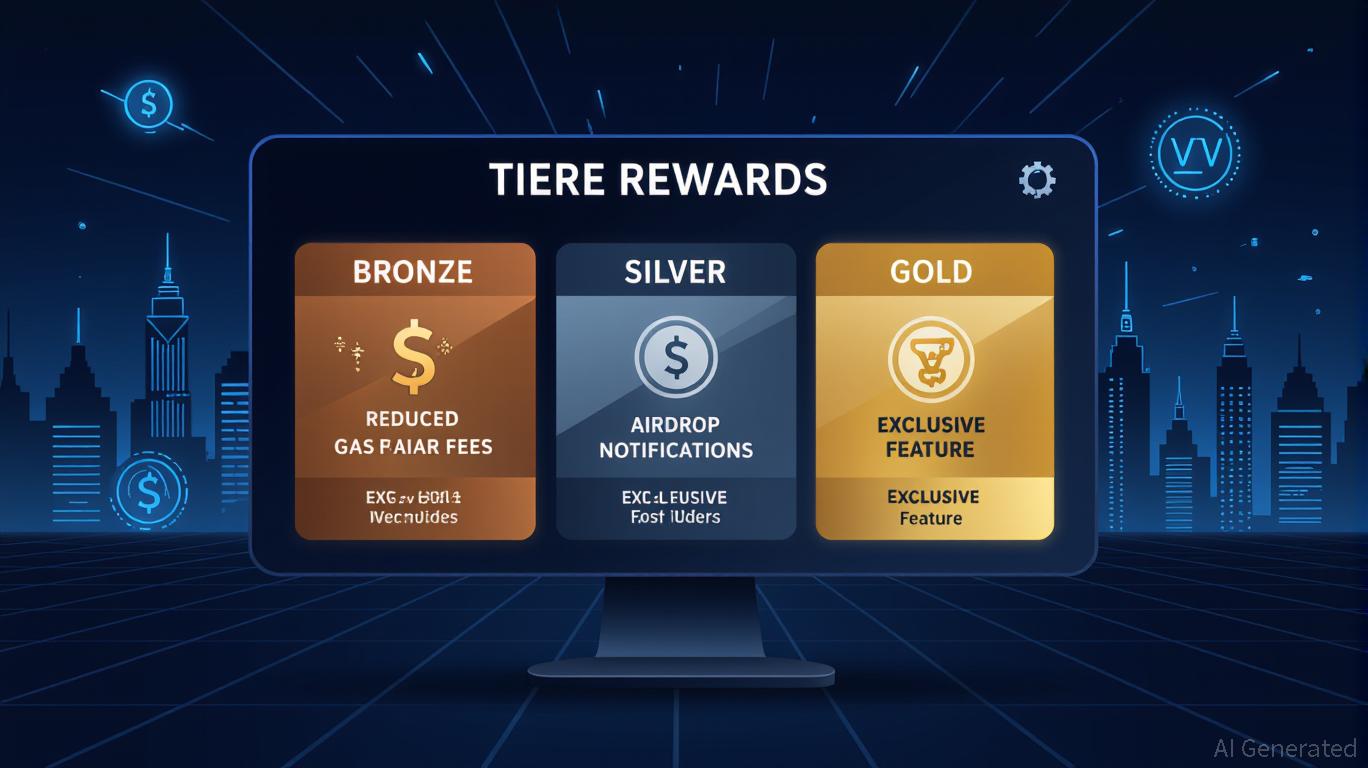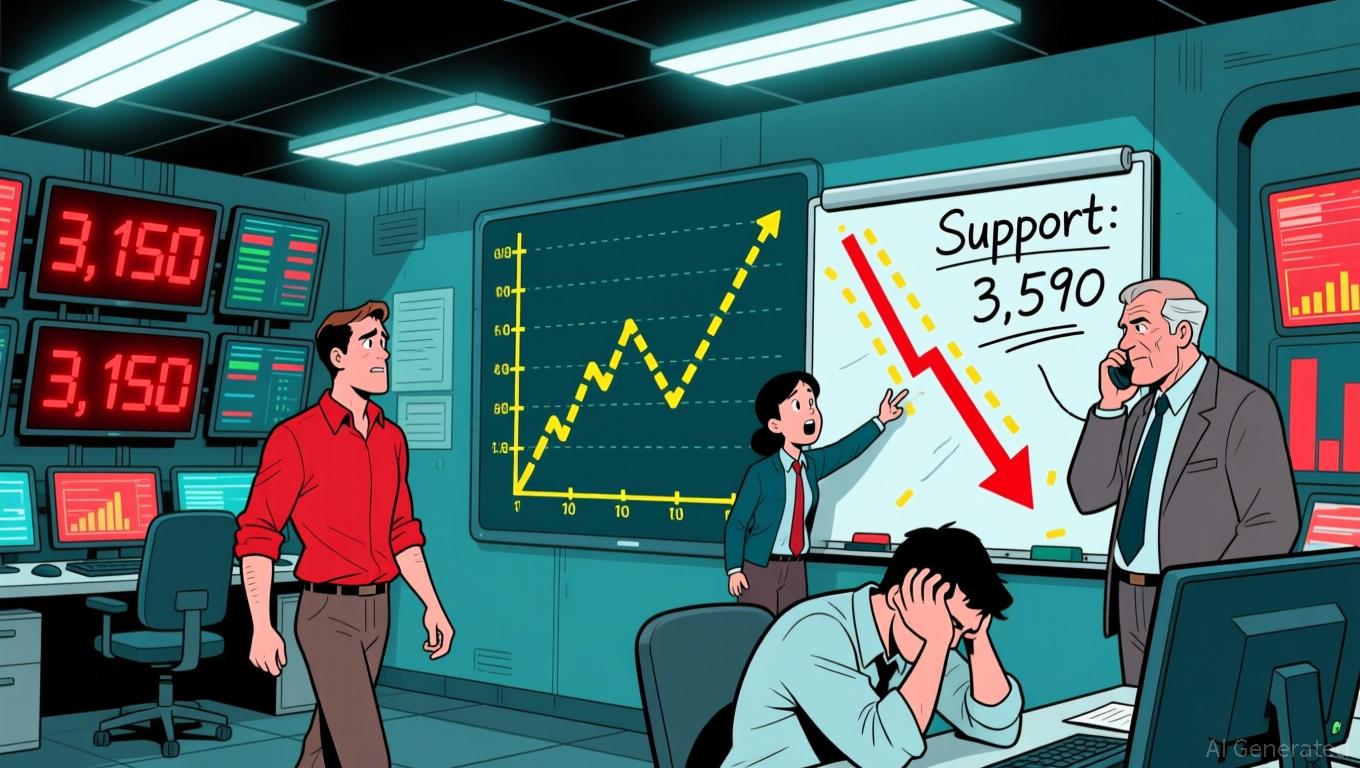Post-FTX digital asset exchanges simplify futures offerings to comply with regulatory requirements
- Binance delisted RUNEUSD futures to align with post-FTX regulatory demands and evolving user preferences. - The move follows industry-wide transparency efforts like proof-of-reserves initiatives after FTX's 2022 collapse. - Post-FTX trends show growing demand for DeFi solutions and institutional-grade crypto products with enhanced compliance. - Challenges persist in balancing innovation with regulation as exchanges like Binance recalibrate strategies amid shifting market dynamics.
Binance has revealed it will remove the

This delisting occurs three years after FTX’s downfall, an event that transformed the digital asset sector and prompted exchanges to increase transparency. Following FTX’s collapse, Binance and other major players such as OKX, Deribit, and Crypto.com introduced proof-of-reserves (PoR) programs to strengthen user confidence in their financial stability.
In the period following FTX, user preferences shifted, with more individuals turning to decentralized finance (DeFi) and self-custody options.
This step also mirrors wider trends in the sector, such as the introduction of regulated crypto index ETFs by companies like 21shares and the increasing participation of institutions in blockchain-based finance. For example,
Nevertheless, obstacles persist. The crypto sector continues to wrestle with the balance between innovation and regulatory oversight, as demonstrated by recent moves from firms like Grayscale, which is pursuing a public listing, and the expansion of stablecoin services by established financial institutions. Binance’s removal of RUNEUSD futures could indicate a strategic shift as the exchange adapts to new regulatory landscapes while striving to maintain its market leadership.
Disclaimer: The content of this article solely reflects the author's opinion and does not represent the platform in any capacity. This article is not intended to serve as a reference for making investment decisions.
You may also like
TWT’s Updated Tokenomics Structure: Transforming DeFi Rewards and Influencing User Actions

Uniswap News Today: Uniswap's Tokenomics Revamp Ignites Discussion: Expansion Ahead or Liquidity Outflow?
- Uniswap launches Continuous Clearing Auctions (CCA) with Aztec Network to enhance token distribution transparency and liquidity via on-chain price discovery. - The UNIfication proposal redirects swap fees to burn UNI tokens, creating deflationary pressure and boosting value through 0.05%-25% fee allocations. - Market reacts positively with 40% UNI price surge, but critics warn of liquidity risks and competition from DEX rivals like Aerodrome. - Aztec's CCA-powered token sale tests the system, prioritizin
Bitcoin Updates: Saylor Remains Confident in Bitcoin, Driving Strategy's Aggressive Investment Despite Market Downturn
- Michael Saylor denies rumors of selling Strategy's 641,692 BTC ($22.5B) amid market selloff, reaffirming long-term accumulation strategy . - Bitcoin fell below $96,000 as MSTR dropped 35% YTD, but Saylor claims recent 487 BTC purchase shows accelerated buying. - Analysts call current BTC correction a "mid-cycle consolidation" phase, noting historical patterns from 2024-2025 market analysis. - Strategy's $20.29B unrealized gains and Saylor's "long-haul" stance highlight Bitcoin's perceived store-of-value

Ethereum News Update: Is the $3,150 Level Ethereum's Final Defense Against a Steeper Drop?
- Ethereum's price dropped 10% to $3,150, testing critical support as market participants assess rebound potential amid mixed institutional and retail demand. - A breakdown below $3,590 triggered accelerated selling, with 138% above-average volume indicating institutional participation in the selloff. - Broader crypto market declines saw Bitcoin fall to $97,000 and $260M in ETH ETF outflows, signaling waning institutional confidence. - Technical indicators show Ethereum failing the 200-day EMA and RSI in d
